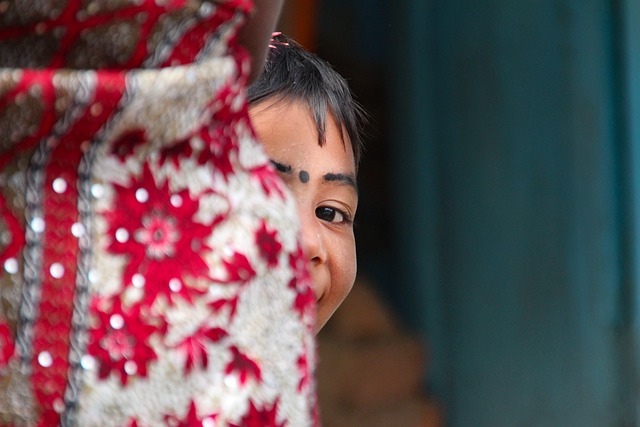Cinematic Tapestries: The Rise of Textile Art in Film
In an era where visual storytelling continually pushes boundaries, an unexpected artistic medium is weaving its way into the heart of cinema. Textile art, long relegated to the realms of fashion and home decor, is now emerging as a powerful narrative tool in film. This intricate fusion of fabric and celluloid is redefining set design, costume creation, and even plot development, offering filmmakers a tactile language to convey emotion, culture, and character depth.

From Thread to Screen: A Historical Perspective
While the conscious use of textile art in film is a relatively recent phenomenon, its roots can be traced back to the early days of cinema. Silent films often relied heavily on costume design to convey character and plot, with intricate fabrics and patterns playing a crucial role in visual storytelling. As technology advanced, so did the possibilities for incorporating textiles into film production. The golden age of Hollywood saw elaborate costume designs that became iconic in their own right, setting the stage for the more nuanced and intentional use of textiles in modern cinema.
Texture as Character Development
One of the most intriguing aspects of textile art in film is its ability to serve as a form of nonverbal character development. Filmmakers are using the texture, color, and pattern of fabrics to reveal aspects of a character’s personality, emotional state, and evolution throughout the story. A character’s journey might be subtly reflected in the changing textures of their clothing, from rough and unrefined to smooth and polished, mirroring their personal growth. This technique adds depth to characterization without relying on exposition, allowing viewers to connect with characters on a more intuitive level.
Cultural Narratives Woven on Screen
Textile art in film has also become a powerful medium for exploring and celebrating cultural narratives. Indigenous and traditional textiles are being featured more prominently in cinema, not just as costume elements but as integral parts of the storytelling process. These textiles carry with them histories, myths, and cultural identities, enriching the film’s narrative and providing authentic representation. Filmmakers are collaborating with textile artists and cultural experts to ensure accuracy and respect in the portrayal of these meaningful fabrics, creating a bridge between ancient craft and modern storytelling.
The Technical Challenges and Innovations
The incorporation of textile art in film presents unique technical challenges that have spurred innovations in both filmmaking and textile production. Cinematographers must now consider how different fabrics interact with light, movement, and camera techniques. This has led to the development of new lighting methods and camera technologies designed to capture the intricate details of textiles on screen. Similarly, textile artists are pushing the boundaries of their craft, creating fabrics that are not only visually stunning but also functional for film production, capable of withstanding the rigors of shooting while maintaining their aesthetic integrity.
Future Threads: The Evolving Role of Textiles in Cinema
As the intersection of textile art and cinema continues to evolve, we can expect to see even more innovative uses of fabrics in film. Virtual and augmented reality technologies are opening up new possibilities for interactive textile experiences in cinema, blurring the lines between the tangible and the digital. Additionally, sustainable and eco-friendly textile practices are becoming increasingly important in film production, reflecting broader societal concerns about environmental impact. This shift is not only influencing the types of fabrics used but also inspiring storylines that address sustainability through the lens of textile art.
The integration of textile art into cinema represents a fascinating evolution in visual storytelling. By weaving together the tactile world of fabrics with the visual medium of film, directors and artists are creating multi-layered narratives that engage audiences in new and profound ways. As this trend continues to unfold, it promises to add richness and depth to the cinematic experience, offering viewers a more immersive and textured journey through the stories unfolding on screen. The future of cinema, it seems, is being woven before our eyes, thread by thread, frame by frame.





